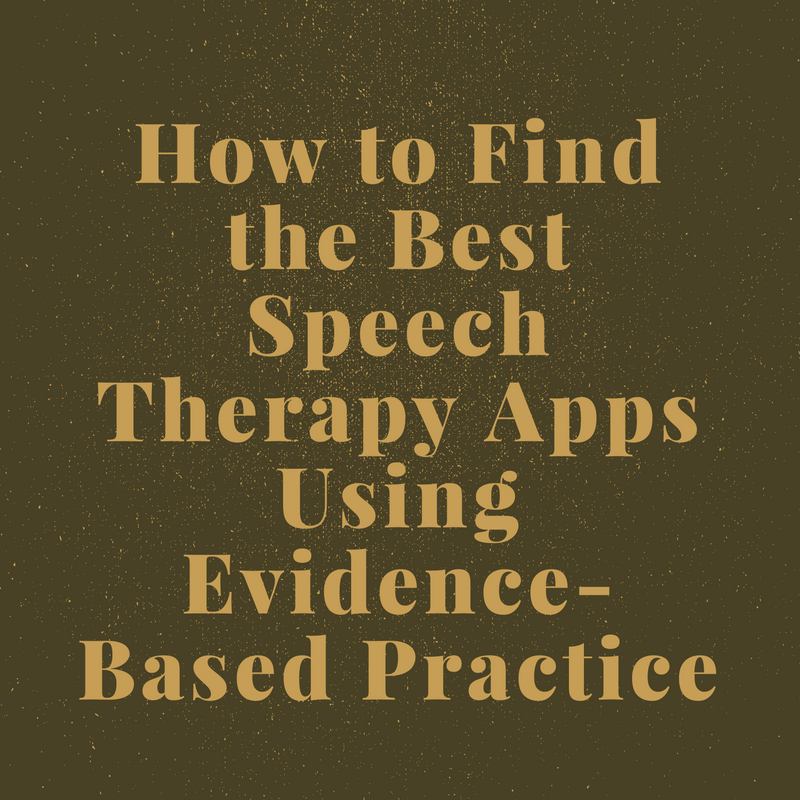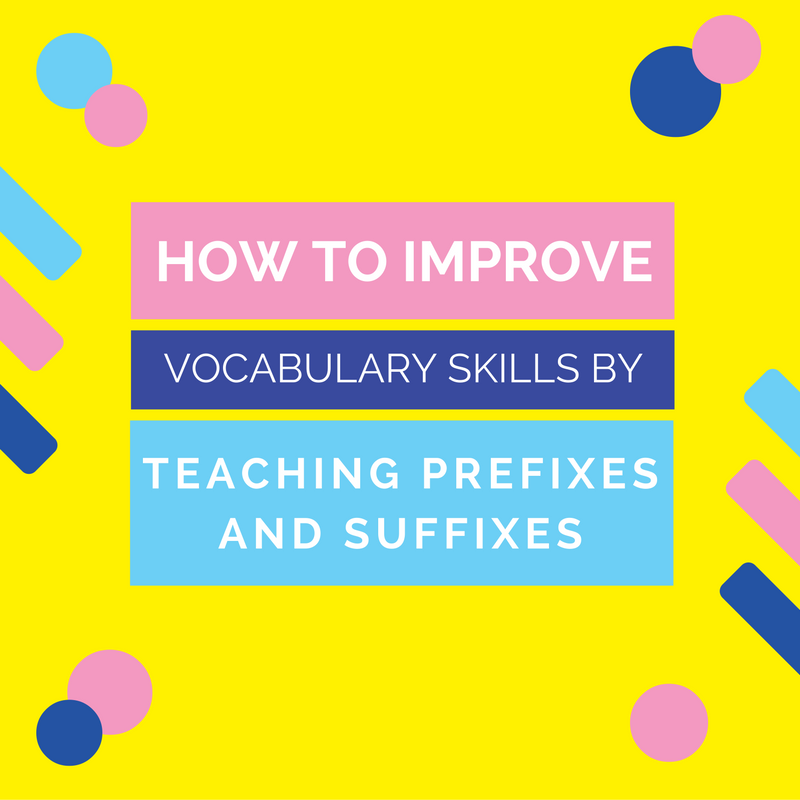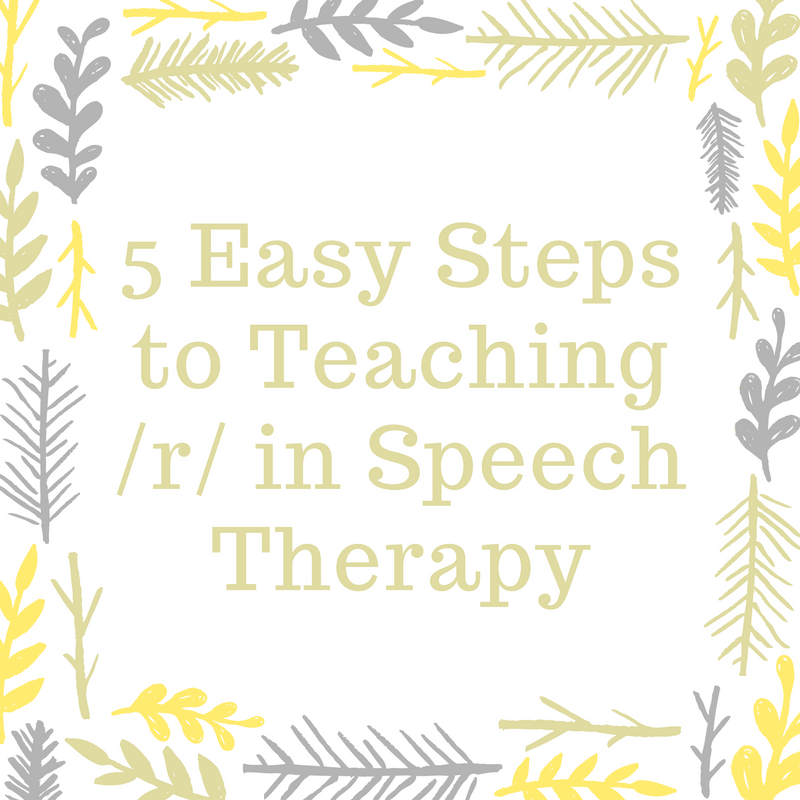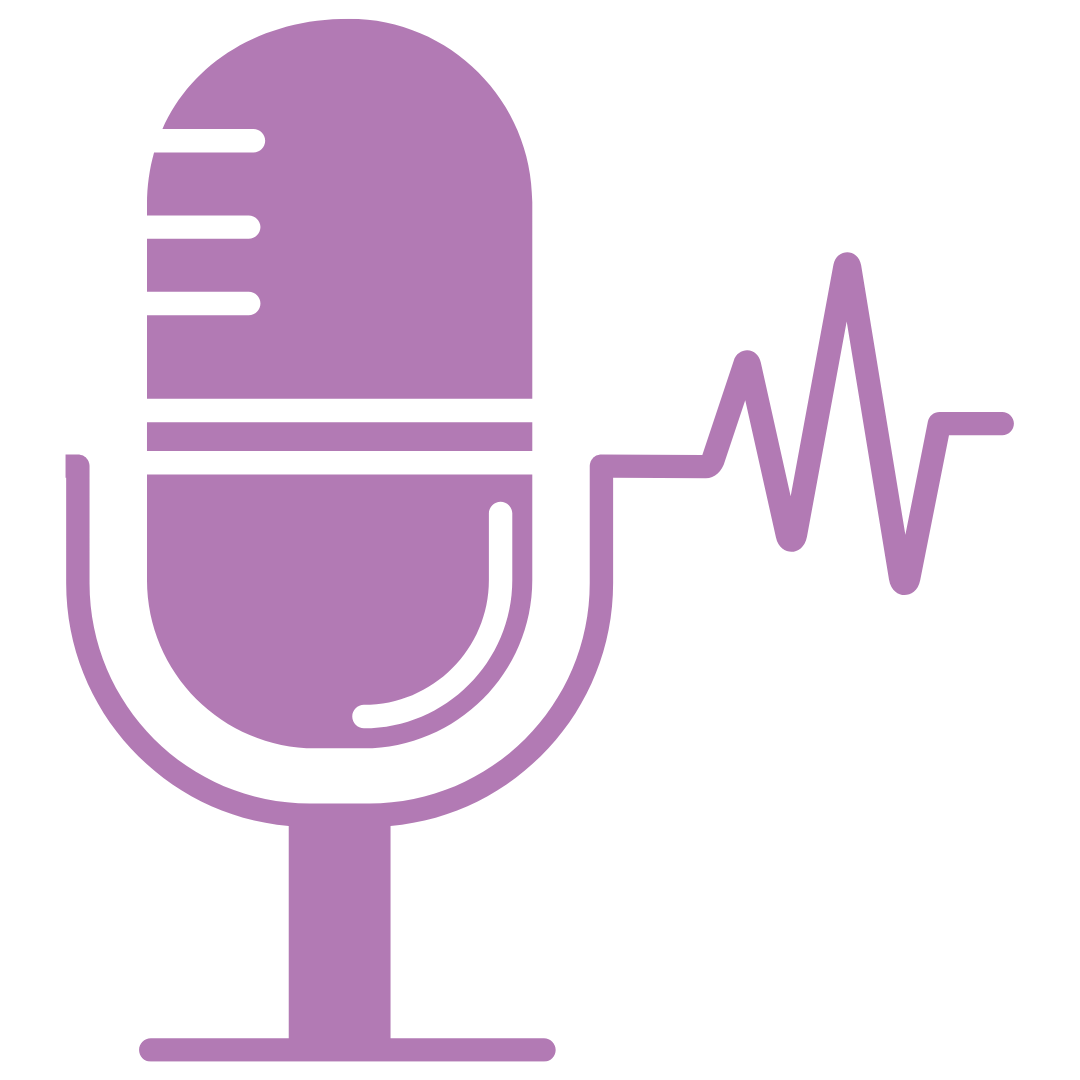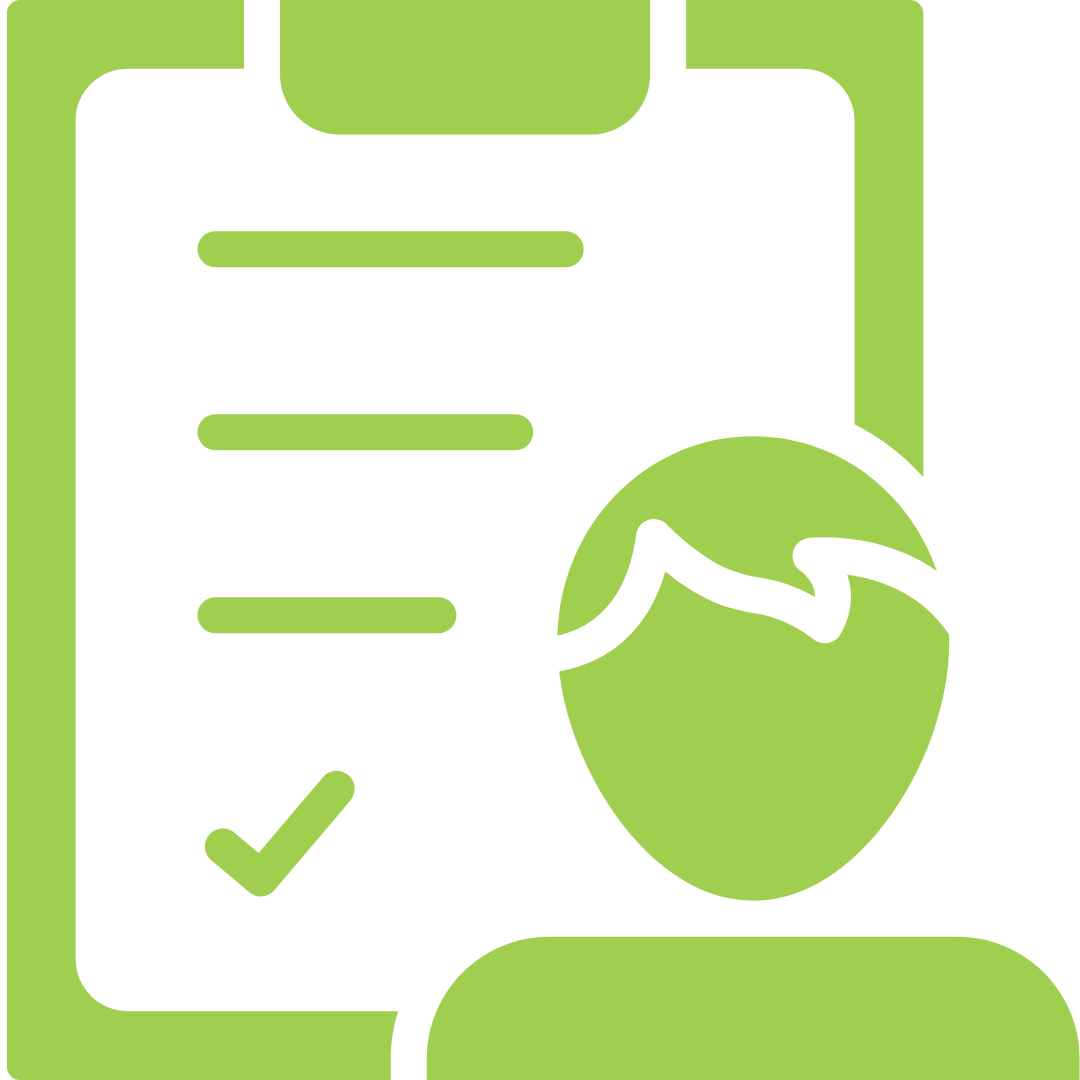Welcome to the IEP and Caseload Resource Page! This page is all about helping you understand and navigate IEPs (as a parent or speech therapist) and manage your therapy sessions and caseloads.
SLPs, you will find valuable information about making your job easier.
Parents, you will find great information about working with your child’s school and managing your speech therapy sessions at home.
What is an IEP Plan?
IEP stands for Individualized Education Plan. This plan is something that a school and parent creates to describe how a child with an identified delay or disability will receive services at school. The following things are generally included in an IEP:
- What therapies a child needs
- Why the child needs those therapies
- What goals the child will work on during the upcoming year
- How the child is currently performing on those goals
- How much therapy time the child will receive to work on those goals
- What the rest of the child’s education will look like (how much time in the regular education classroom)
- Any additional services the child may need, such as special bussing
For more detailed information, check out this podcast episode:
Parent Rights in the IEP Process
The Definitive Guide to IEP Goals: For the Professionals Who Write them and the Parents who Read Them
How Do Parent-Teacher Conferences Work for Children with Speech Therapy
You can request that your child’s speech therapist attend your child’s parent-teacher conferences. Here are some tips for having a successful parent-teacher conference with your child’s speech-language pathologist:
Parent-Teacher Conferences with Speech Therapists
How Long Should Speech Therapy Sessions Last?
Each child is different and some children will benefit from longer or shorter speech therapy sessions, but this podcast discusses some of my recommendations on how long your speech therapy sessions should last at school or at home:
5-Minute Speech Therapy? How Long Should Your Sessions Last?
Where Can I Find Lesson Plans for Speech Therapy?
It is often difficult to know exactly how to teach a speech or language skill. You may also find that the child is tiring of one approach and you need some fresh ideas. This e-book that I created is packed full of fantastic step-by-step lesson plans for 39 different speech and language skills.
Each lesson plan will take you through the various steps of teaching that skill. It includes practical activities as well as worksheets and handouts for each step. It will also help you determine which skills to start on first with a child.
For more information, click below:
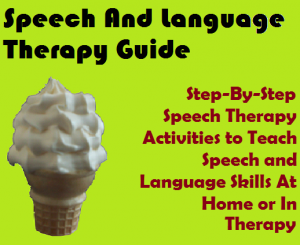 Speech and Language Therapy Guide
Speech and Language Therapy Guide
Where Can I Find Free Materials??
So glad you asked! 🙂 I have a whole page of free speech therapy materials! Head on over and check it out:
How Can I Make Speech Therapy More Fun?
Browse All IEP-Related Articles:
Sequencing Activities for Kids | Sequencing Skills
Join the Hub to Access Sequencing Activities for Kids Sequencing is the skill that we use when we break down an event into simple steps
5 Tips for Eliciting the /k/ and /g/ Sounds in Speech Therapy
Do you have any children struggling to say those tricky /k/ and /g/ sounds? Jenna Rayburn from Speech Room News is here to help! Check out these 5 tips...ok, well it's really more like
5 Tips for Increasing Carry-Over of Fluency Strategies
Do you have any speech-room fakers? You know, the ones who can do their fluency strategies perfectly in the speech room but can't remember them at all in the classroom? Well, Meredith from Peachie
How to Find the Best Speech Therapy Apps Using Evidence-Based Practice
There are a TON of apps in the app stores that can be used for speech therapy. How do you know which ones will help and which ones are a waste of time and
How to Improve Vocabulary Skills by Teaching Prefixes and Suffixes
Do you struggle to help expand children's vocabulary skills during speech therapy sessions? You can't possibly teach a child every word he will ever need. Instead, you need a strategy that you can teach
5 Easy Steps to Teaching /r/ in Speech Therapy
Do you have any students struggling with that tricky /r/ sound? Christine Ristuccia from Say it Right has the 10 missing links to treating the /r/ sound and she shares the first 5 steps




